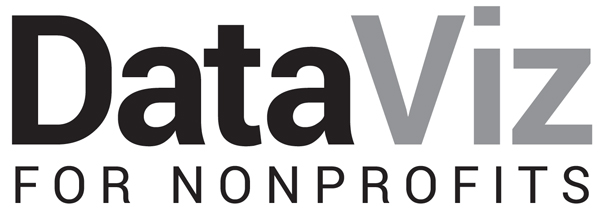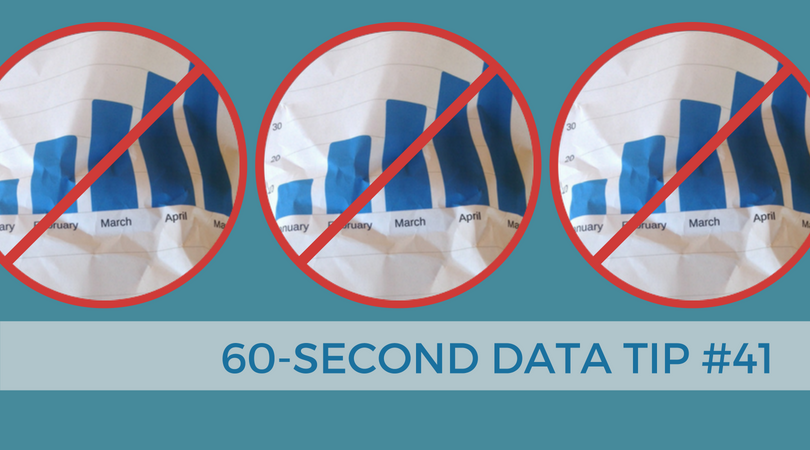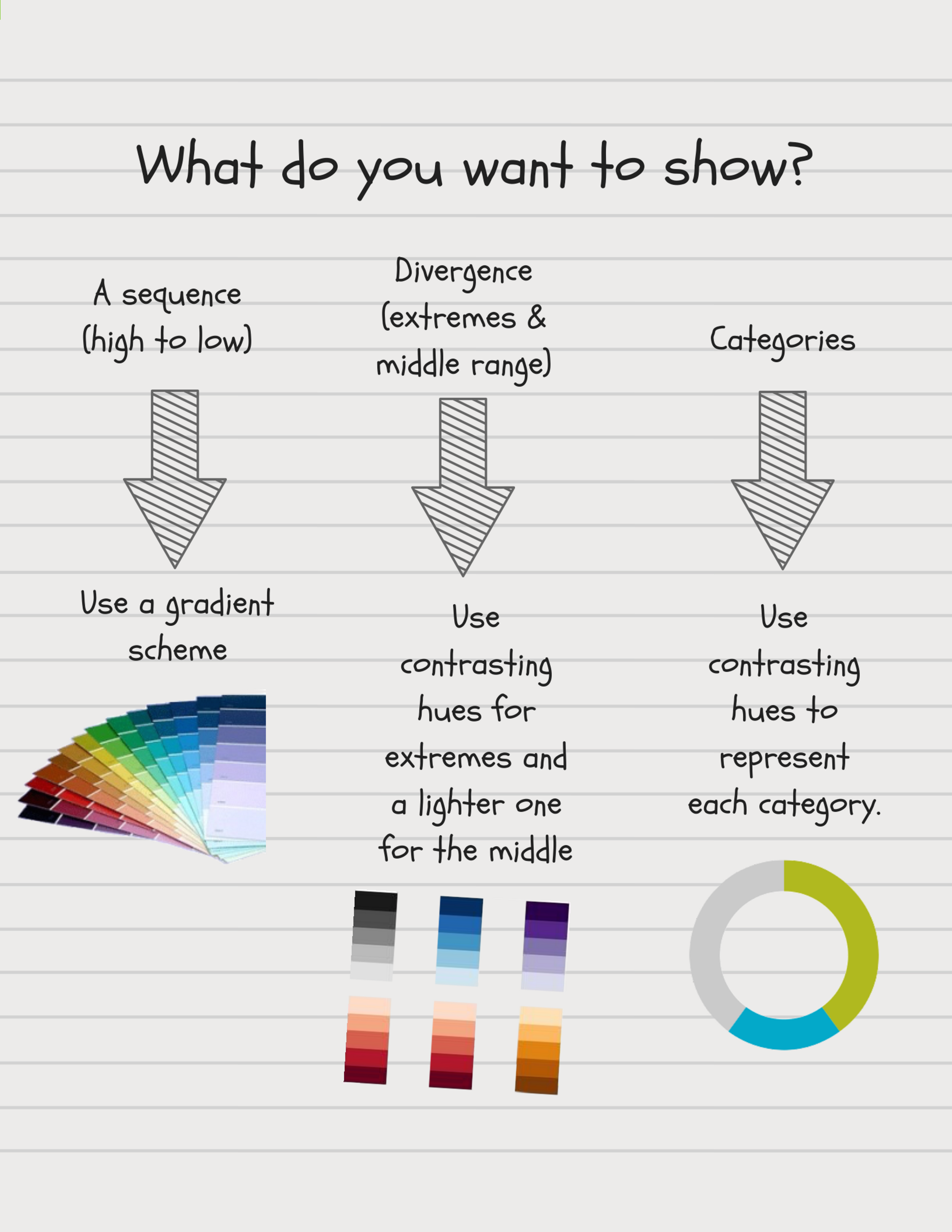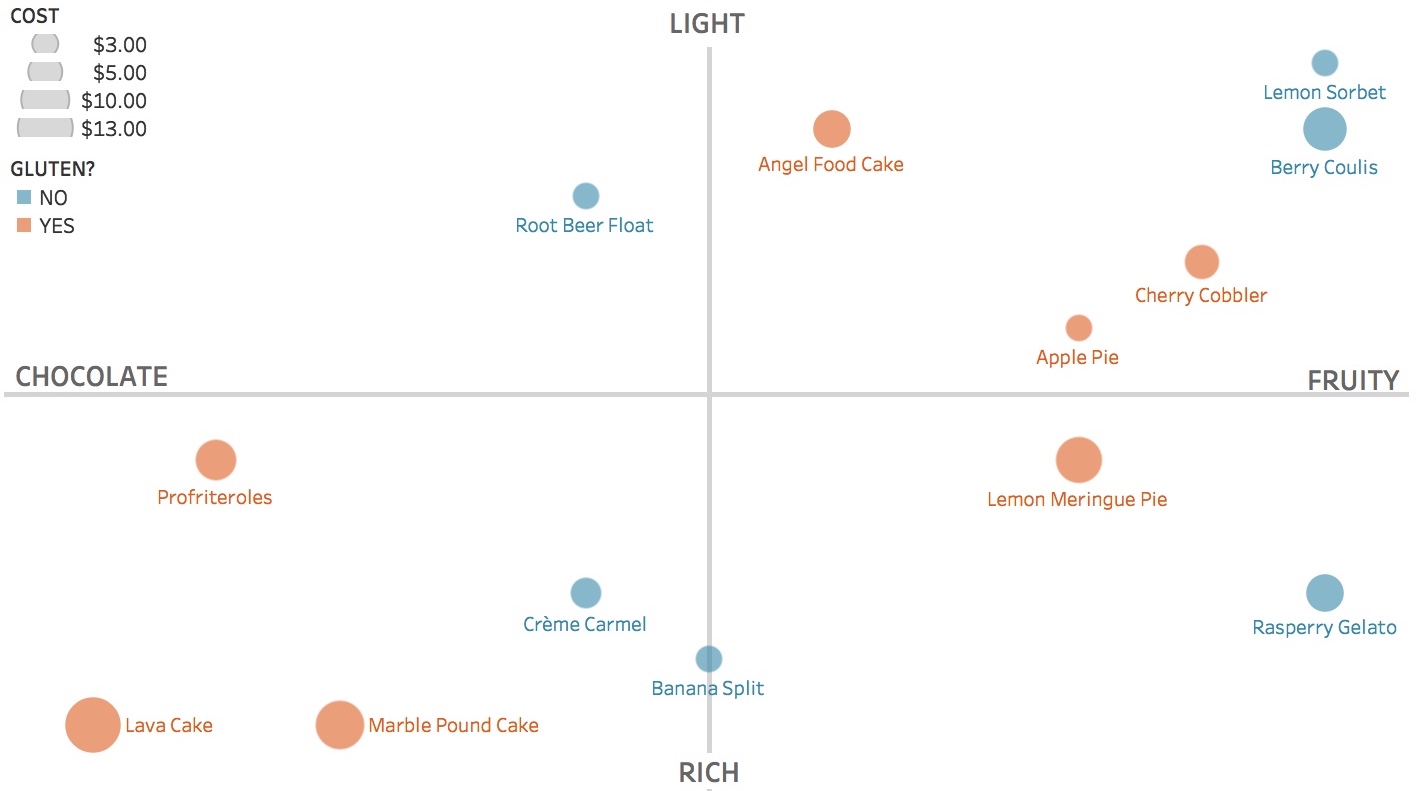The words we say affect what we see. This is an amazing phenomenon that escapes most of us. But once you know it, you have a powerful tool for change.
Organizations tend to talk in a certain language. We speak to our colleagues, clients, funders, and board members using particular terms. Anyone new to an organization learns this quickly. We also have common understandings about the needs we are addressing, the services we provide, and the people we serve. This common language helps us communicate efficiently. Unless we are speaking with someone far removed from our work (usually at cocktail parties), we can speak in this sort of code to others without long explanations of terms.
The problem with our common languages is that they may obscure what we see. Various studies suggest just how powerfully language affects perception. For example, the Himba tribe in Namibia has no word for blue. In a study, tribe members who were shown a circle with 11 green squares and one blue struggled to distinguish between the blue square and the green ones. However, the Himba have more words for types of green than exist in English. So, in the same study, they could distinguish between squares of slightly different shades of green much better than we can. To see the colored squares, check out Kevin Loria’s fascinating article in Business Insider. Other studies suggest that language can affect our understanding of space, time, causality, and our relationships with others. (See Can Language Influence Our Perception of Reality? by Mitch Moxley in Slate.)
We can’t turn a language switch and suddenly see our organizations differently. But we can be aware of our language and ask questions about the terms we use and the assumptions we make. Data can make the invisible visible to us if we ask the right questions. For example, we might have a short hand profile of the typical student who is persistently truant. We might assume that truant students struggle with academics. But is this true? Even if they have, in general, lower grades than non-truant students, their grades may be the result rather than the cause of their truancy. What do the numbers show?
None of us have 20/20 vision about what we do, no matter how confident we feel. But if we apply data carefully, we can shed light on more effective paths forward.
See other data tips in this series for more information on how to effectively visualize and make good use of your organization's data.
Photo by Evan Kirby on Unsplash






























